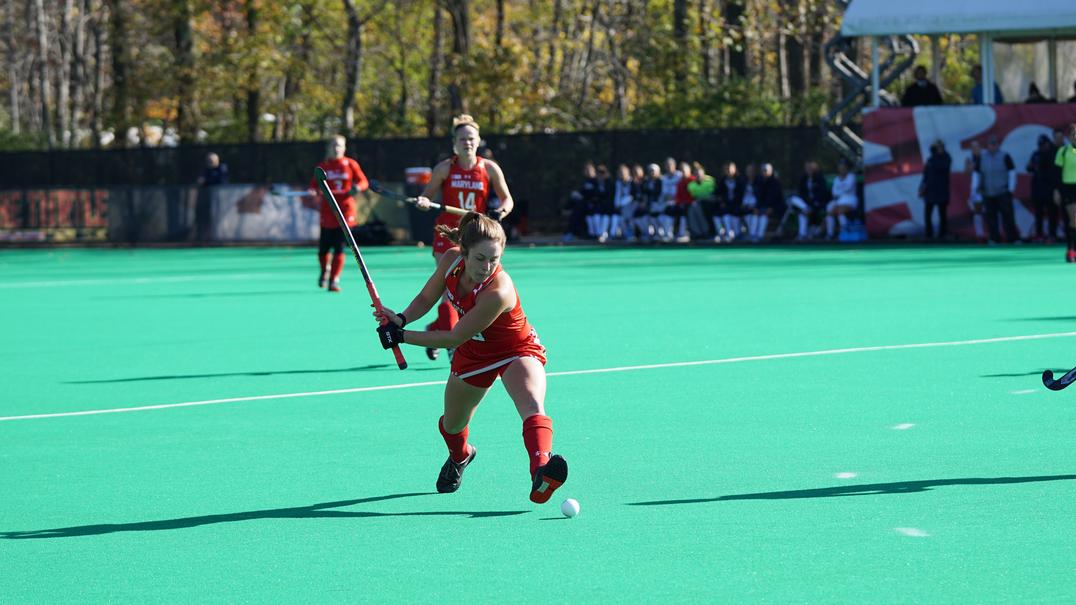If you’re hoping to play sports in college, you may be wondering where to look. What is the difference between the college sports divisions? Which schools offer scholarship money? These are great questions to ask, and we’ve got answers.
NCAA Schools
NCAA stands for National Collegiate Athletic Association. Below we will delve into the three unique divisions and how they differ from each other:
Division I
According to the NCAA, there are 347 Division I schools. These schools are typically larger universities with tons of student-athletes and sports to choose from. Due to media contracts and televised events, there is ample scholarship money available. Many don’t realize that once you’re playing sports for a DI school, your life will revolve around your sport, comparable to a full-time job. That being said, being a student-athlete at a DI school definitely comes with its perks. Many schools have student centers dedicated to their athletes that often have all kinds of resources including academic mentors and one-on-one tutoring.
Keep in mind, you will not have a lot of down time to explore your college in the same way non-student-athletes do. Your agenda will consist of practice, training, travel, study, and volunteer work. (Yes, even on the weekends and during the off-season). You may not even have time to pursue other interests. (Think: internships, spring break vacay, and part-time jobs). It can be overwhelming and exhausting, but for many DI athletes, they wouldn’t have their schedule any other way.
Division II
The NCAA has 309 Division II schools. These schools tend to have smaller campuses with less students and promote a slightly more balanced lifestyle. If playing sports is important to you in your college experience, but you don’t like all the hullabaloo of a large school, a Division II school may be perfect for you! The sense of competition and quality of play can be equally as passionate as a DI school. Student-athletes at DII colleges have the opportunity to get playing time all four years. There is athletic scholarship money available as well!
Division III
The NCAA boasts 442 Division III schools. Though you will still need to manage your time between sports and classes, you will have more free time to experience your college as a typical student. You may find that your sport is still equally competitive on the field, but it’s not nearly as a intense in terms of time commitment. Being a student-athlete at a DIII school, you will be given the chance to keep your academics as a first priority. Keep in mind that DIII schools do not offer any athletic scholarship money.
NAIA Schools
NAIA stands for the National Association of Intercollegiate Athletics. There are 250 schools total, most of them smaller private institutions. There are more than 60,000 student-athletes that compete at NAIA colleges in all kinds of sports. When it comes to lifestyle, NAIA schools are similar to DIII schools. NAIA also awards close to $500 million in athletic scholarships every year.
Club Sports
Keep in mind that most all colleges have club sports. Some may be more competitive than others, but this is a great option for someone who wants to simultaneously play AND lead a well-rounded college adventure. In some cases, you don’t need a ton of background experience in order to join certain clubs. Give it a go; try something new!
Community College
You may not expect it, but athletics do exist at community college! Some may even offer athletic scholarships, so be sure to do your research and look into all that they offer. You may even benefit from starting out at a community college and getting recruited to another team at a 4-year university. If flexibility and affordability are important factors for you in your college experience, community college may be an ideal choice!
It’s common for student athletes in high school to immediately set their eyes on Division I programs and schools. Keep in mind, the DI experience may not be the right fit for you which doesn’t mean you have to give up the sport you love or you won’t be able to compete at the level you want to. The main differences between these divisions is the size of the school and the money offered in athletic scholarships. Focus on the fit of the college, and the rest of your athletic dreams will fall into place!

